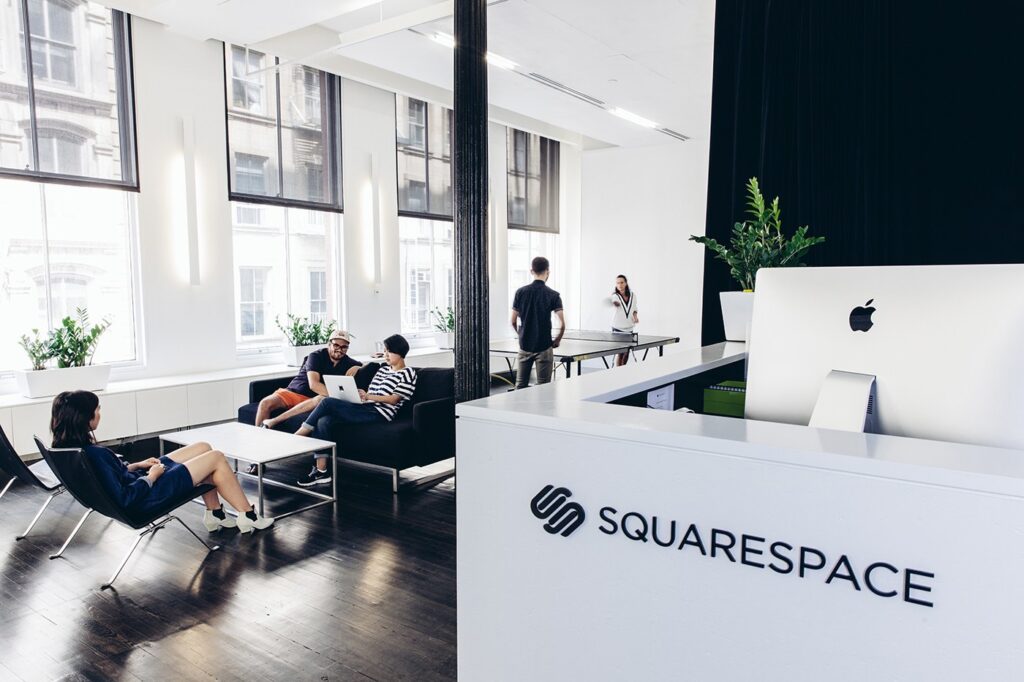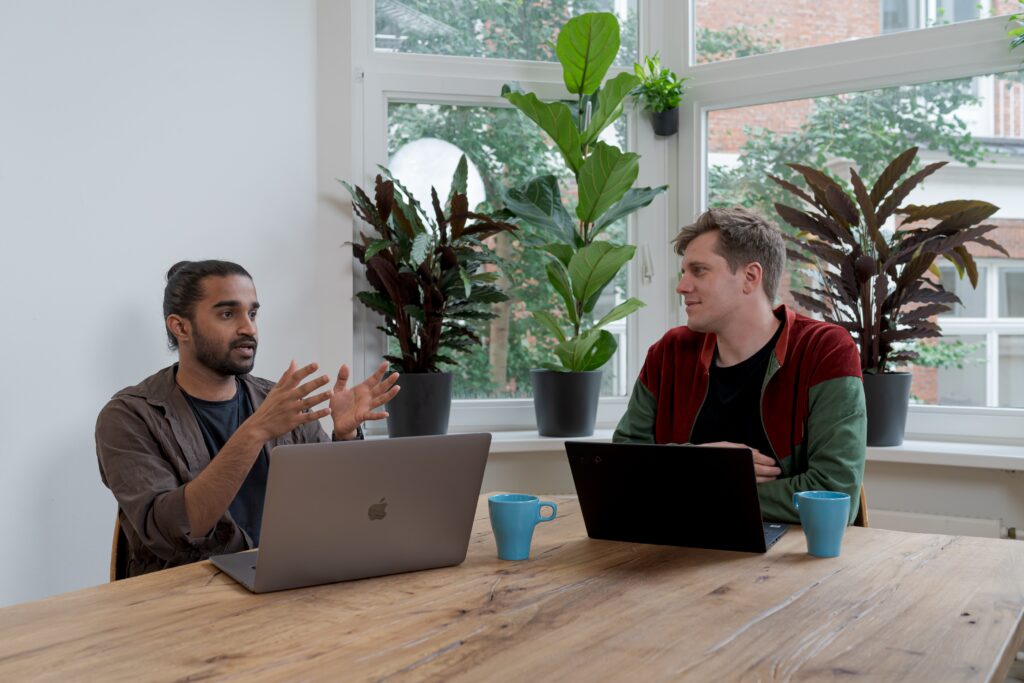To stay stagnant in one’s abilities is to be outpaced by competitors. Today’s technological landscape has made it more possible than ever for organizations to upskill and enhance internal innovation constantly. Yet, the only way to make this upskilling and innovation sustainable long-term is to establish a workplace culture that embraces ongoing learning to the fullest.
Fostering this culture of continuous improvement requires managers to think outside the box on how to best unlock their team’s full potential, paying special attention to the individuality at play within a team.
What is a Culture of Continuous Improvement?
A culture of continuous improvement is an organizational mindset that strives to drive innovation by creating a supportive workplace environment. This environment supports its teams in three ways:
- Ongoing Learning: Whether an employee is a new hire or a decades-long veteran of your company, the rapid release of new technologies means there is always a new opportunity to learn. To keep up with today’s lightning-fast innovation, a culture of continuous improvement focuses on facilitating ongoing learning for your organization’s teams. These learning programs can vary from initial onboarding training and one-on-one coaching to mentor-to-mentor communication and feedback sessions.
- Professional Growth: Any great culture of continuous improvement needs the ability to provide something of value back to the team members participating in it — and that thing of value is professional growth. This growth is fostered not only by teaching team members new skills but by ensuring those skills are highly relevant to the goals of each team member. For instance, technical programs can be an excellent opportunity to teach junior software engineers about new coding languages and projects in which they already hold an interest.
- Organizational Advancement: The third way a culture of continuous improvement supports an organization’s teams is through organizational advancement. If the main advantage of this type of workplace culture is heightened innovation, then the obvious outcome is an organization that can outpace competitors while maintaining an excellent workplace environment.
Creating this culture of continuous improvement is no small feat and requires a well-planned execution.
After all, this workplace culture necessitates both risk-taking and careful strategizing to succeed. Business leaders need the ability to enable employees to have both the freedom to do their best work and, the support to bridge the gaps between their various skill sets. Let’s consider how to create a culture of continuous improvement that fits your organization’s needs.
Creating a Culture of Continuous Improvement for Technical Programs
When it comes to technical programs, having a culture of continuous improvement can be a major benefit.
Technical programs are all about teaching employees new skills and training them to collaborate better. These goals go hand-in-hand with continuous improvement, as technical programs must be regularly updated to reflect industry-wide changes that affect a team’s day-to-day activities. Though there is much that goes into creating a culture of continuous improvement, the general process can be broken down into three key steps:
Step 1: Enabling employees to engage ppenly with your organization
The most vital first step towards fostering a culture of continuous improvement is employee enablement.
Fully-enabled employees have the freedom to express their ideas and feel like their contributions matter in the grand scheme of things. Not only this but an enabled employee can become the catalyst for making incremental organizational enhancements that address inefficiencies as they occur.
Employee enablement allows your team to challenge the status quo for the betterment of the company.
Other key benefits of employee enablement include:
- Improved Collaboration: Employees who feel fully enabled have the confidence to turn to each other for support and specialized expertise as needed. This builds a sense of internal trust that inherently fosters greater collaboration between various internal teams.
- Knowledge-Sharing: Knowledge-sharing is the heart of a culture of continuous improvement. Fully-enabled employees feel more comfortable sharing knowledge amongst themselves, as well as feeling more confident in their abilities to find and make sense of the knowledge they need.
- Feedback Generation: Just as employee enablement encourages your team to share knowledge amongst themselves, so does it encourage them to share their feedback with team leaders. Employee enablement is great for generating more feedback that can be applied to improve technical programs and evolve the workplace culture.
Step 2: Encouraging a growth mindset
The next step to creating a culture of continuous improvement is all about encouraging a growth mindset.
A growth mindset is a belief in one’s ability to learn and grow through consistent effort. The basis of this belief is that the keys to both personal and professional improvement are time and dedication.
This mindset is crucial in all workplace settings, as it helps your team members overcome challenges or instances of failure. Rather than letting these shortcomings become lasting setbacks, a growth mindset encourages your team to look for the lessons in failure and discover a better path forward.
Additional benefits of encouraging a growth mindset include:
- Skill Development: By encouraging team members to consider their professional growth, you can ultimately uncover the variety of different skills your team is most interested in developing further. This can help you create better technical programs your team is truly interested in.
- Fresh Perspectives: With a growth mindset comes team members considering organizational opportunities they may otherwise have ignored. This grants team leaders access to fresh perspectives that can tackle business challenges in new ways they hadn’t considered before.
- Enhanced Communication: When your team embraces a growth mindset, it makes communication simpler. Employees who are committed to the goal of growth have the desire to communicate their ideas, feedback, and concerns freely.
Step 3: Establishing a safe environment for risk-taking
The last step in your quest is to establish a safe environment for risk-taking.
What makes risk-taking truly successful is giving those risks time to be identified and assessed in a controlled setting, such as a team meeting, rather than after the risk has already shown itself in action.
A culture of continuous improvement should promote experimentation and risk-taking within these controlled settings, allowing innovation to appear naturally and within a reasonable timeframe to enact it.
By establishing this safe environment for risk-taking, you can also benefit from the following:
- Cross-Functionality: The more cross-functional your organization becomes, the greater the continuous improvement can be. Creating a safe risk-taking environment while maintaining organizational stability is the key to enabling cross-functionality amongst your teams.
- New Growth Opportunities: At the end of the day, what taking risks really amounts to is uncovering new growth opportunities. Encouraging your teams to look for opportunities in potential risks can be essential to finding the pathways to success you never would have imagined without a culture of continuous improvement in place.
- Unlocked Innovation: Last but not least, a culture of continuous improvement that embraces risk-taking is a surefire way to unlock the full potential of innovation within your organization. From the latest technologies to solutions for inefficiencies, taking well-thought-out risks can be critical to tapping into the pool of innovation lying in wait within your own walls.
How PlusPlus supports a culture of continuous improvement
At PlusPlus, our employee enablement platform is designed to help you build a sustainable culture of continuous improvement. Key features of our platform include:
- Live & Self-Paced Learning: PlusPlus provides all the tools you need for both live and self-paced learning programs for your employees.
- Personalized Onboarding: Bringing new hires into the fold of your workplace culture is easy with PlusPlus’s personalized onboarding tools.
- Automated Administrative Tasks: Keep all of your team members up to date with automated calendar invites, email notifications, Slack reminders, and more.
- Centralized Know-How: Never miss a beat with the PlusPlus cataloging features that enable you to keep all crucial organizational information in one central location.
- Internal Mentoring: Connect with your top experts and give them opportunities to serve in new leadership roles through PlusPlus’s mentorship features.
To get started with PlusPlus, book a demo today.







